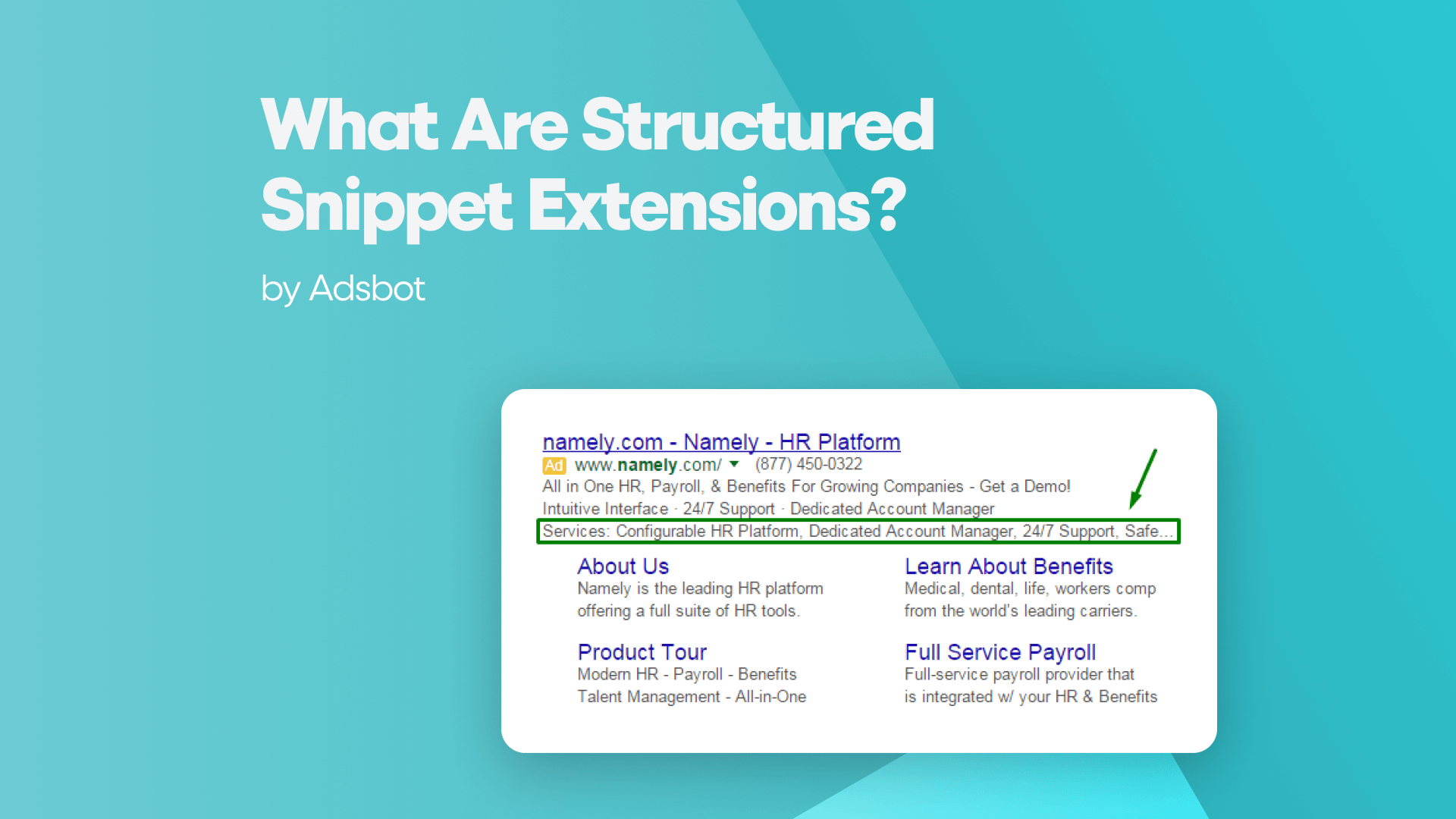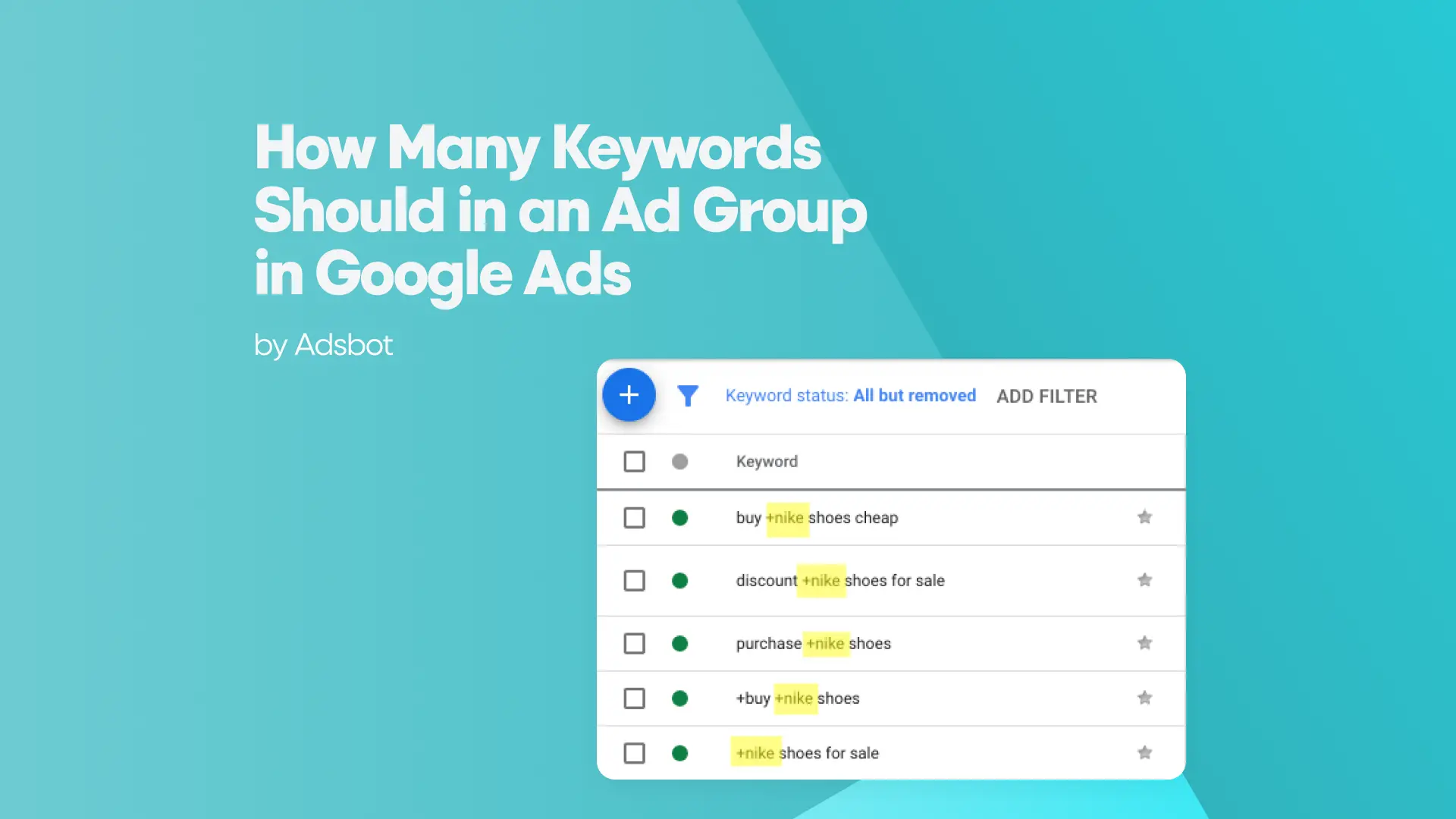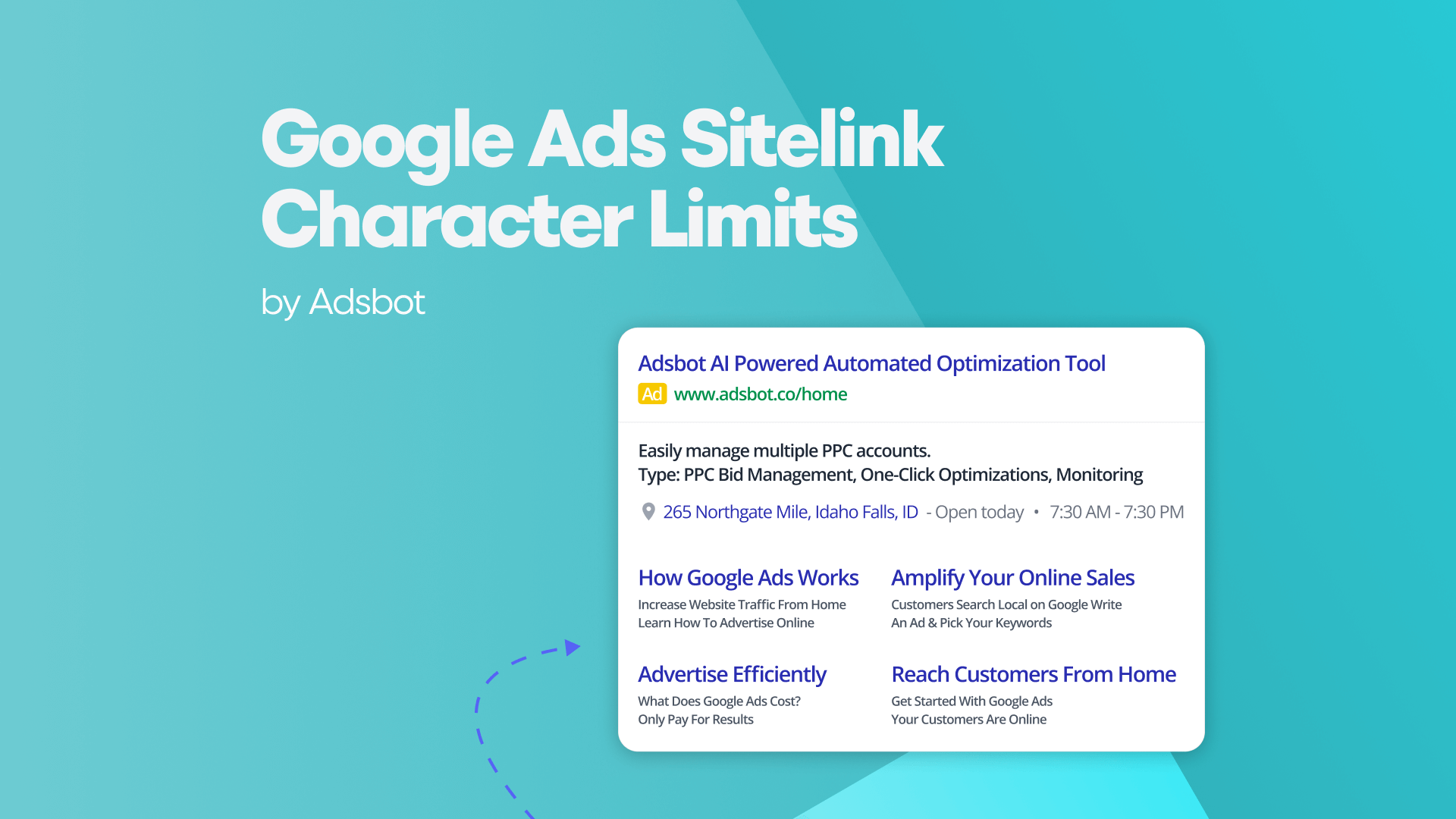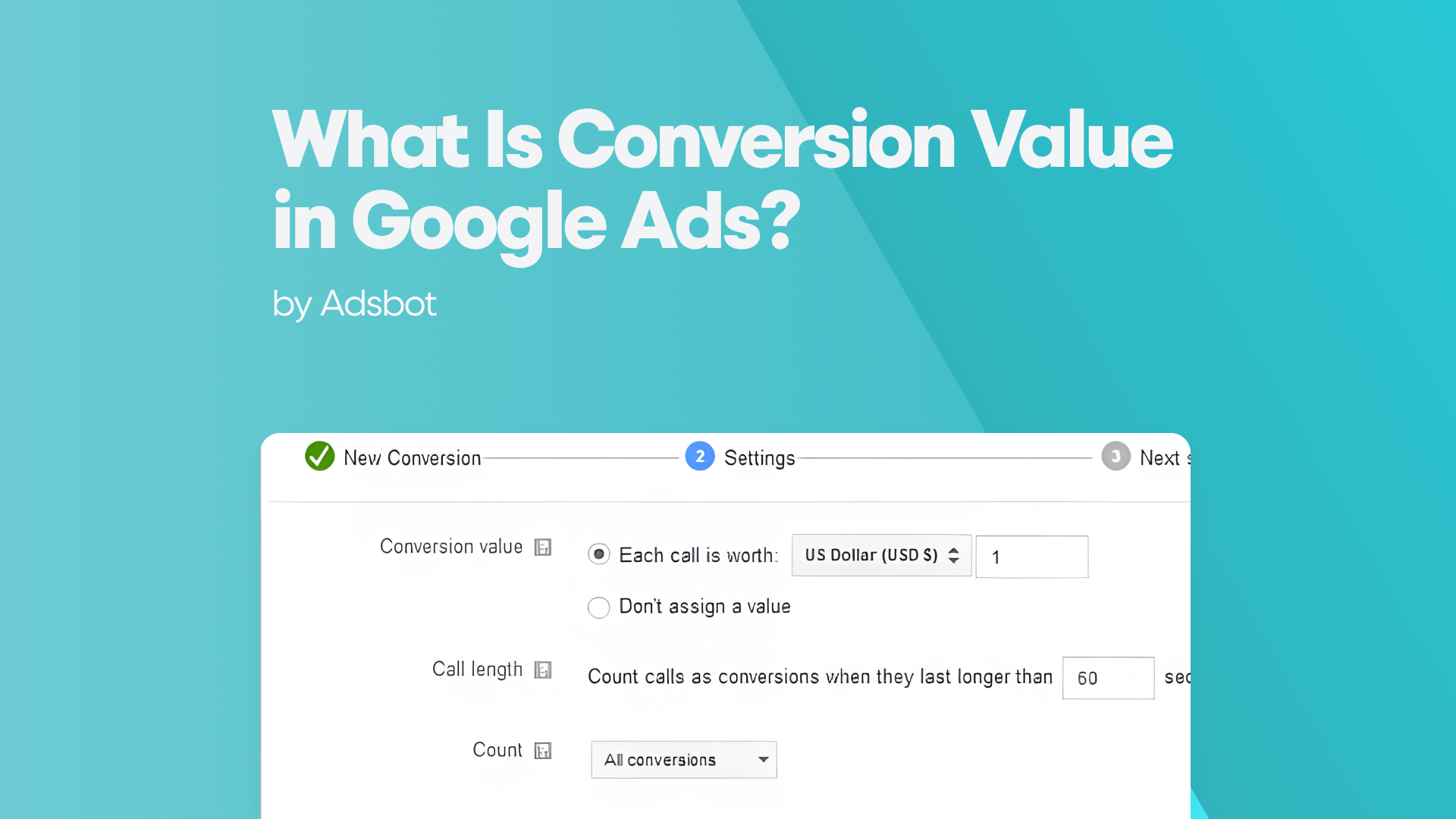Internet marketing relies heavily on attracting new clients and keeping them engaged with relevant content. Structured snippet extensions are a powerful tool for accomplishing this goal. With these extensions, businesses can provide more information about their wares and services directly within their advertisements. This article will explain what structured snippet extensions are, why you should use them, how to make them in Google Ads, show you some examples, go over some of the limitations you should be aware of, and discuss when you should use them.
Structured Snippet Extensions
Within the realm of Google Ads, advertisers possess the capability to effectively propagate specific attributes pertaining to their esteemed products or services through the utilisation of meticulously crafted structured snippet extensions. Users possess a heightened capacity to comprehend the proposition proffered within the advertisement sans the necessity of engaging with it, owing to the supplementary elucidation furnished by these extensions. It is customary to exhibit organised snippet extensions in the form of a heading, succeeded by an enumeration of pertinent values. In the realm of commerce, these entities possess a vast array of utilisations, spanning from the exhibition of product assortments to the accentuation of distinctive attributes.
What is the function of Structured Snippet Add-ons?
Structured snippet extensions employ the surplus space within your advertisement to dispense pertinent and concise data to users. When crafting a meticulously designed snippet extension, one has the privilege of selecting a header that serves as a surrogate for the overarching subject matter of the data being accentuated. The subsequent course of action entails constructing an inventory of esteemed principles to be placed beneath the aforementioned category. In the event that you are promoting a lodging establishment, it would be prudent to employ a heading denoted as “Amenities,” wherein the ensuing content shall encompass the following esteemed attributes: “Exquisite Aquatic Facility,” “Complimentary Wireless Internet Access,” and “State-of-the-art Fitness Centre.” Once your advertisement is actively participating, Google shall dynamically select and exhibit the utmost pertinent headers and values, contingent upon the user’s search query.
The Value of Adding Structure to Your Snippets
There are many advantages to using structured snippet extensions for marketers. For starters, they boost your advertising exposure by highlighting pertinent details in the organic search results itself. You may stand out from the crowd and get more clicks if you do this. In addition, viewers can get a sneak peek at what you have to offer before they click your ad thanks to structured snippet extensions that highlight particular features, goods, or services. This has the potential to increase the number of qualified clicks, and thus the number of conversions. Structured snippet extensions also help improve the user experience and provide transparency, which in turn increases customer trust in your company.
Google Ads Structured Snippet Extensions: How to Make Them?
Google Ads makes it easy to add structured snippet extensions to your ads. Here is a detailed tutorial:
- To access your Google Ads’ “Ads & Extensions” tab, please log in and select this menu option.
- Simply add the “Structured Snippet Extension” by clicking the blue + button and choosing it from the drop-down menu.
- You can apply the extension to a certain campaign or ad group by selecting it.
- Choose the language to see which regions and countries are supported.
- Select a heading that most accurately conveys the nature of the data you intend to deliver.
- The selected header’s corresponding values will be added to the list.
- To make a structured snippet add-on, select “Save” and follow the prompts.
Exemplifications of Structured Snippet Extensions
Some organised snippet extensions from various fields are shown below:
- A clothing store should:
Brands Header
– Principles: Nike, Adidas, and Puma
- In the case of a travel agency:
Title: Locations
Values: New York, Tokyo, and Paris
- A car lot should have:
Header: Vehicle Categories
Values: Cars, SUVs, and Pickups
In what ways are Structured Snippets restricted by their extensions?
There are some constraints to keep in mind, but the opportunities presented by structured snippet expansions are substantial. To begin, there is only so much room for showing the extensions; you need to be sparing with both your headers and values. Furthermore, Google’s algorithm decides which structured snippet extensions are presented depending on relevancy and available space, so your extensions might not always show up. It’s also important to remember that users won’t be sent to specific landing pages for structured snippet extensions because they don’t have click-through URLs.
When Should You Make Use of Extended Structured Snippets?
There are several uses for structured snippet extensions. They shine brightest when used to emphasise the unique selling points of one’s products and services above those of rivals. Offering a large variety of items or services? Structured snippets might make it easier for customers to locate what they need. Structured snippet extensions are also helpful when you want to set realistic expectations for your users or highlight your product’s distinguishing features. You can increase the quality of your ads and the success of your campaigns by using structured snippet extensions.
Structured snippet extensions present a great chance to improve your adverts and give users targeted content within the search engine results itself. This Google Ads ad extension can help you get more clicks from qualified visitors and provide a better overall experience. If you know the ins and outs of structured snippet extensions, you can craft ads that really connect with your target demographic and bring about the results you want.
Popular Posts
-
How Many Keywords Should Be In an Ad Group in Google Ads?
Ever wondered if your Google Ads campaigns are packed with…
Read more -
Google Ads Script for Dummies: An Introduction
Imagine you have an e-commerce website that sells licensed superhero…
Read more -
Google Ads Sitelink Character Limits
Your Google Ads are cutting off in the middle of…
Read more -
What Is Conversion Value in Google Ads?
What if you could put a price tag on every…
Read more
Register for our Free 14-day Trial now!
No credit card required, cancel anytime.





